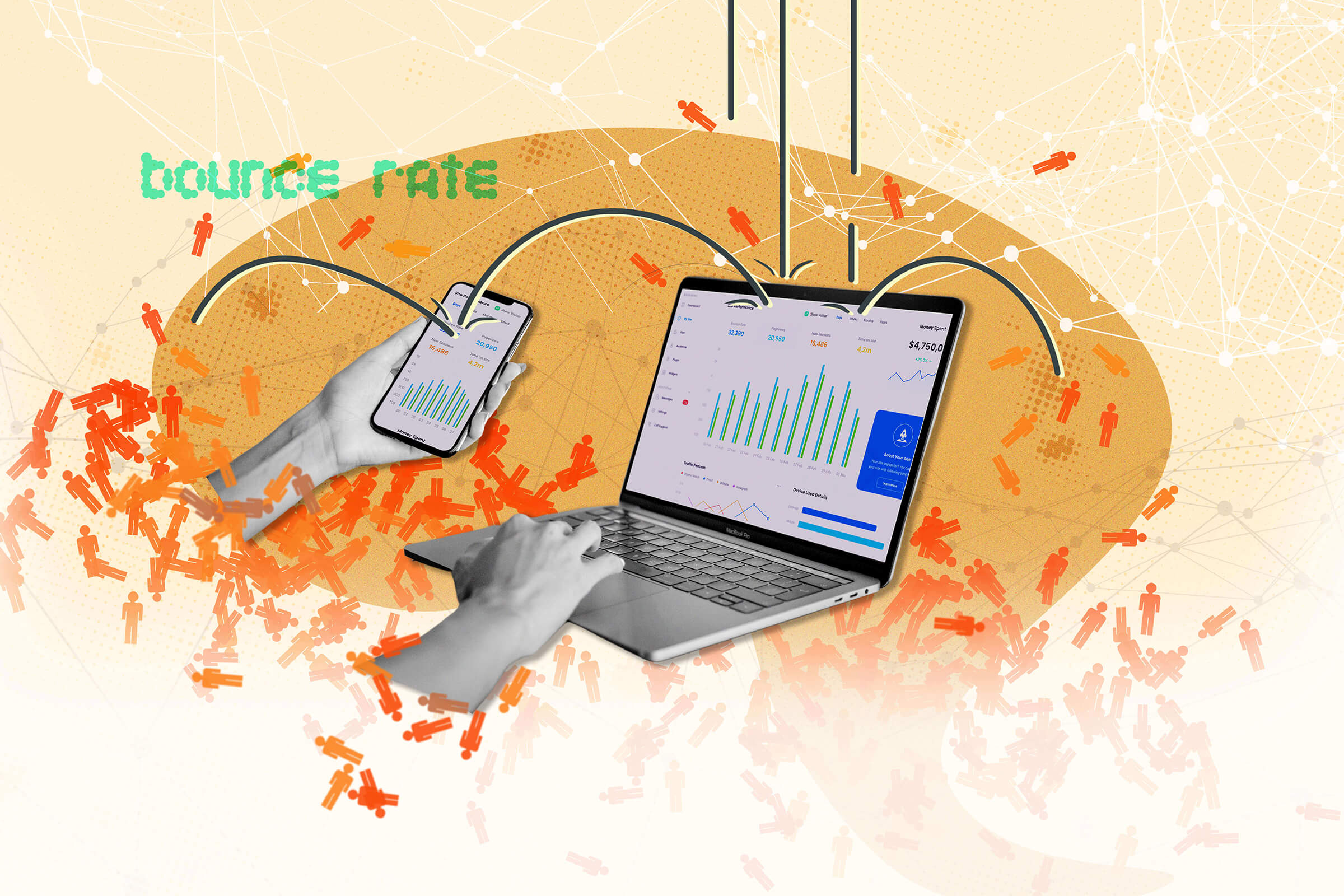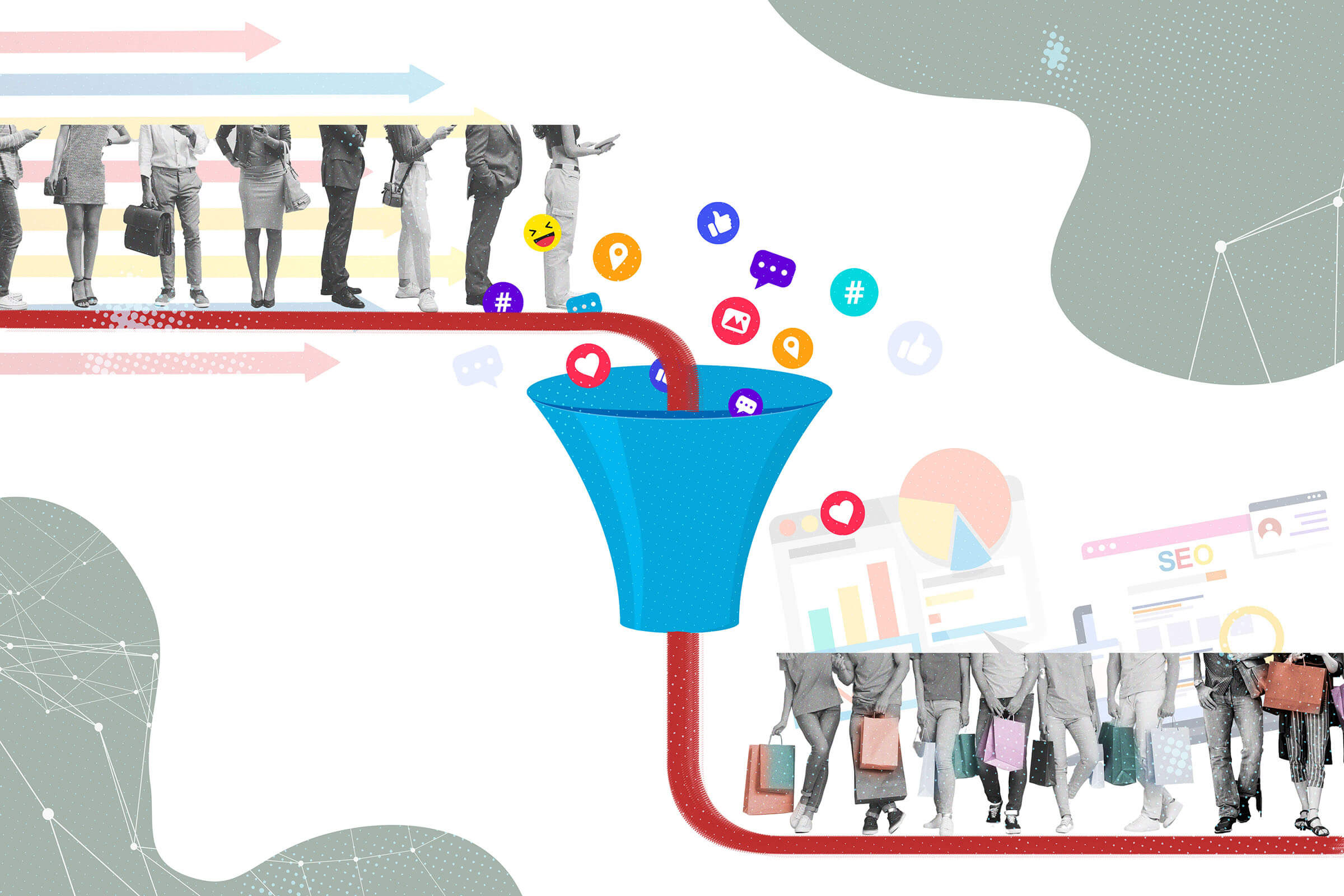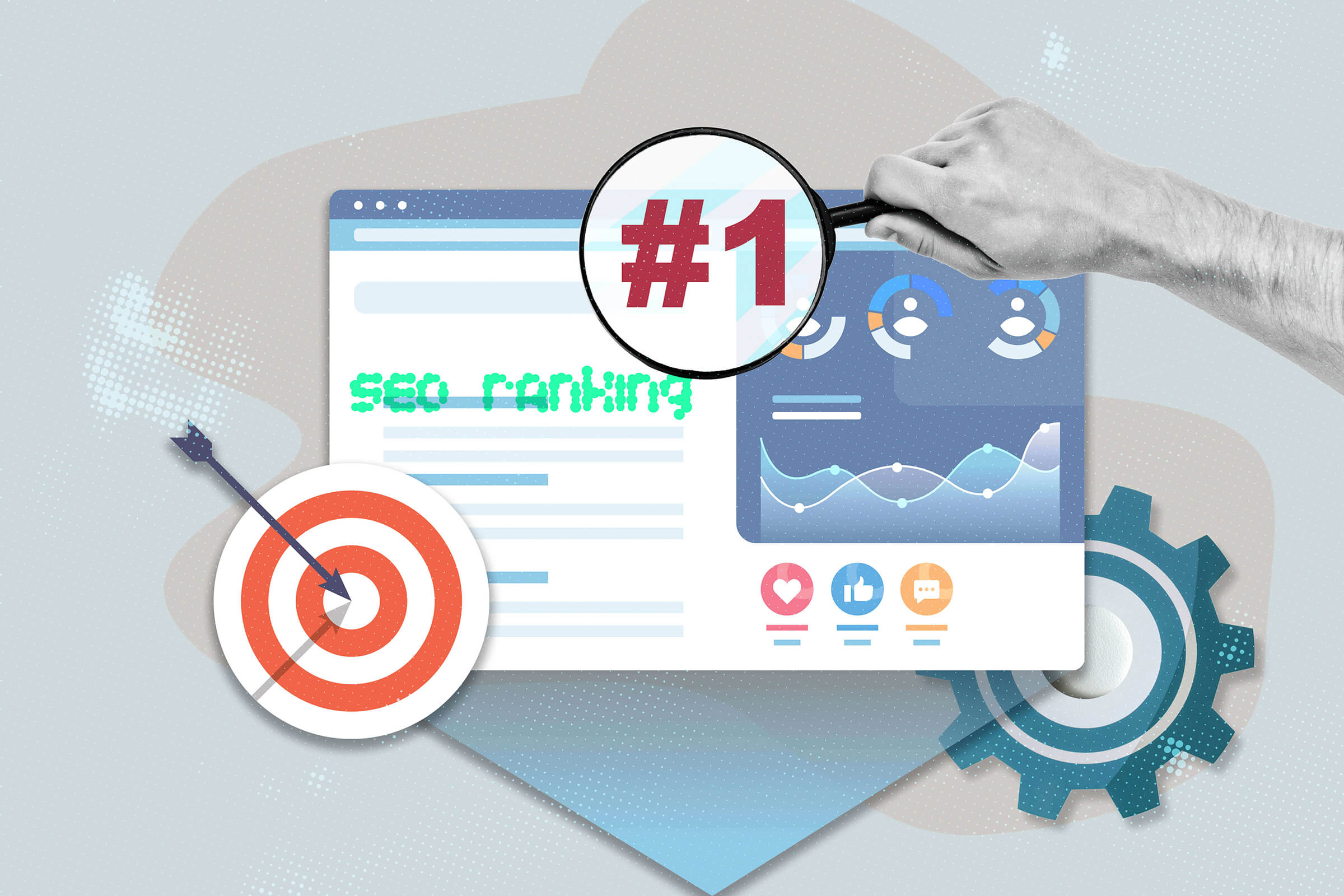Hello there, future marketing maestro! Are you ready to dive into the deep end of digital marketing metrics? By the end of this guide, you'll become well-versed in vital Key Performance Indicators (KPIs) to track for your content marketing strategy. You'll understand what each KPI signifies, why it holds significance, and discover effective ways to track it. Let's get started!

KPI #1: User Engagement
User Engagement is a critical measure of how effectively your content resonates with your audience. It tells you whether your content is hitting the mark or missing the target. This KPI takes into account the number of likes, shares, comments, and time spent on your content. High engagement indicates that your content is valuable, engaging, and worth sharing. However, low engagement is a red flag that your content may need to be reworked.

Why Does User Engagement Matter?
User engagement can give you a crystal-clear snapshot of your content's effectiveness. If your audience is interacting positively with your content, it's a good indicator that your content resonates with them, building trust and loyalty. Moreover, high engagement rates are often associated with better search engine rankings - after all, Google loves content that users find valuable!
How Do I Track User Engagement?
There's no shortage of tools to help you track user engagement. Google Analytics is a powerful (and free!) tool that can provide invaluable insights about your audience's behavior. If you're looking for more specialized tools, consider options like Mixpanel or Crazy Egg.
KPI #2: Bounce Rate
When it comes to content marketing, bounce rate is a metric you can't afford to ignore. The Bounce Rate refers to the percentage of visitors who leave your website after viewing only one page. A high bounce rate often suggests that your site's layout is confusing or your content is not engaging. It's crucial to keep this number as low as possible to ensure you're capturing and retaining your audience's attention.

Why Does Bounce Rate Matter?
Bounce rate refers to the percentage of visitors who leave your site after viewing only one page. A high bounce rate can indicate that your content isn't engaging enough to keep visitors interested, or that your site's user experience is lacking. This KPI gives you a chance to identify potential shortcomings and take corrective measures.
How Do I Track Bounce Rate?
Google Analytics once again comes to the rescue here, offering an easy way to monitor your site's bounce rate. Other tools like SEMRush and Moz also offer bounce rate tracking as part of their suite of SEO tools.
KPI #3: Conversion Rate
The Conversion Rate is the percentage of visitors to your website that complete a desired goal. It’s a measure of your effectiveness at guiding your users to complete a desired action, such as signing up for a newsletter, downloading an ebook, or making a purchase. This KPI is pivotal as it directly affects your revenue.

Why Does Conversion Rate Matter?
Understanding your conversion rate is crucial to determining how effectively your content motivates users to take action. A high conversion rate indicates that your content is persuasive and aligned with your audience's needs and expectations.
How Do I Track Conversion Rate?
Google Analytics can track conversions, but for a more detailed analysis, consider tools like Optimizely or Unbounce that specialize in conversion rate optimization.
KPI #4: Social Media Shares
Social media shares are an important measure of your content's reach and virality. It is a powerful KPI that shows how shareable and engaging your content is. When users share your content on their social media, they expand its reach and potentially attract new followers to your brand. By tracking this KPI, you can identify which content resonates most with your audience and adapt your strategy to create more of this type of content.

Why Do Social Media Shares Matter?
Shares expand your content's reach beyond your immediate audience. They also serve as a form of social proof, showing that your content is worth reading and sharing.
How Do I Track Social Media Shares?
Many social media platforms provide their analytics, like Facebook Insights or Twitter Analytics. Other tools like BuzzSumo can also help you track shares across multiple platforms.
KPI #5: SEO Ranking
Last but certainly not least, SEO ranking is a crucial KPI for content marketing. Your SEO Ranking determines how high up your content appears in search engine results. The higher your ranking, the more visible your content is to potential visitors. Ranking is influenced by various factors, including keyword usage, site speed, backlinks, and mobile-friendliness. By tracking your SEO ranking, you can ensure your content is easily discoverable by your target audience.

Why Does SEO Ranking Matter?
A higher SEO ranking means your content is more likely to be found by users searching for relevant keywords. This can lead to increased visibility, more organic traffic, and ultimately, more conversions.
How Do I Track SEO Ranking?
Tools like Google Search Console, SEMRush, and Ahrefs can provide insights into your SEO rankings. They can help you understand how well your content is performing and identify opportunities for improvement.
FAQs About KPIs for Content Marketing
Now that we've covered the key KPIs for content marketing, let's address some common questions that might be bubbling up.
How do you measure content marketing performance?
Content marketing performance is measured by tracking a combination of KPIs including user engagement, bounce rate, conversion rate, social media shares, and SEO ranking, among others. Each of these KPIs provides unique insights into different aspects of your content's performance.
What is the best KPI for Instagram content?
Engagement rate is one of the most valuable KPIs for Instagram content. It provides insights into how your audience interacts with your posts. Other important KPIs include follower growth rate, click-through rate, and conversions.
What are the main KPIs for social media?
The main KPIs for social media include engagement (likes, comments, shares, retweets), reach (how many people see your posts), follower count, and conversion rate. Remember, the specific KPIs you track can vary depending on your unique goals and strategies.
How do you measure content marketing performance?
As mentioned earlier, measuring content marketing performance involves tracking various KPIs that align with your business goals. By systematically monitoring these KPIs, you can assess your content's effectiveness and make data-driven decisions to improve your content marketing strategy.
Is Your Content Marketing Performing The Way It Should?
We've covered a lot of ground on KPIs for content marketing. From user engagement and bounce rate to conversion rate, social media shares, and SEO ranking – these KPIs form the backbone of any successful content marketing strategy.
But remember, the most important factor is not just to measure these KPIs, but to learn from them. Analyze the data, understand what it's telling you, and adjust your strategy accordingly. That's the real secret to content marketing success.
If you're feeling overwhelmed or need a helping hand to elevate your content marketing game, don't hesitate to reach out to us. We're here to help you navigate through the exciting world of content marketing and make your mark!
